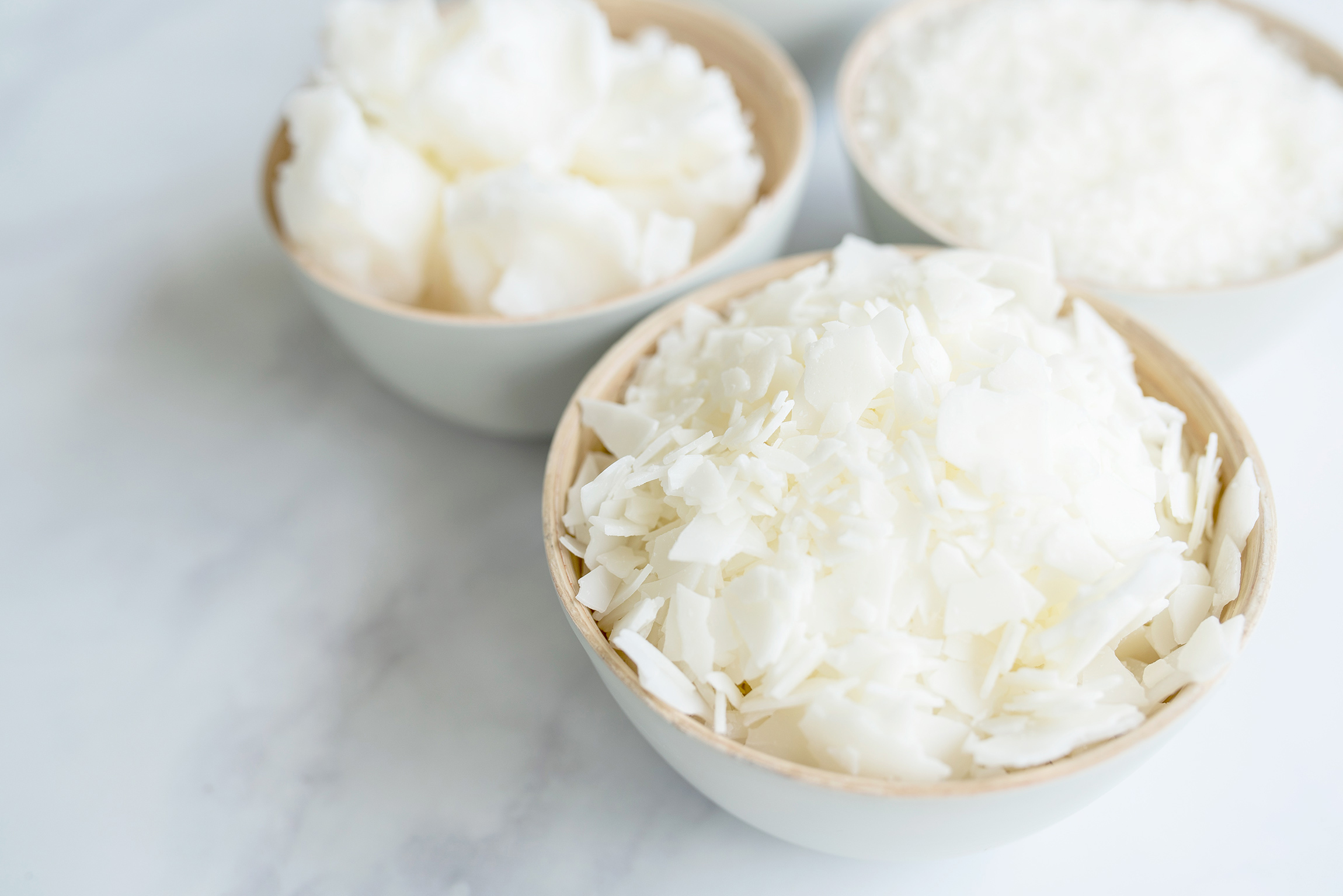Brighten Your Atmosphere with Crystal Soy Candles and Home Fragrance
Brighten Your Atmosphere with Crystal Soy Candles and Home Fragrance
Blog Article
From Wick to Wax: Recognizing the Chemistry Behind Soy Wax Candles and Their Environmental Influence
As we brighten our areas with the cozy radiance of candle lights, there lies a realm of intricate chemistry behind the apparently simple act of lighting a soy wax candle. Join us as we decipher the clinical intricacies behind soy wax candle lights and explore their ramifications on our environment.
Soy Wax Vs. Paraffin Wax
When comparing soy wax and paraffin wax for candle making, it is important to understand the unique characteristics and benefits of each product. Soy wax is a natural, renewable energy stemmed from soybean oil, making it environment-friendly and eco-friendly - soy candles. In contrast, paraffin wax is a result of oil refining, which increases issues concerning its ecological influence and sustainability
Soy wax candle lights melt cleaner and discharge less soot contrasted to paraffin wax candles, making them a healthier choice for interior air quality. Furthermore, soy wax has a lower melting point, enabling for a longer-lasting candle light that distributes scent better. Paraffin wax, on the various other hand, tends to melt faster and much less easily, potentially releasing dangerous chemicals into the air.
From a sustainability viewpoint, soy wax is preferred for its biodegradability and eco-friendly sourcing, lining up with the growing customer preference for environmentally conscious items. While paraffin wax has actually been a conventional selection in candle light making because of its affordability and simplicity of use, the change towards green alternatives like soy wax is gaining energy in the industry.
Chemical Composition of Soy Wax

Combustion Refine in Soy Candles
The chemical composition of soy wax directly affects the burning process in soy candle lights, influencing factors such as burn time, fragrance release, and environmental impact. When a soy candle is lit, the heat from the flame thaws the wax near the wick. This liquid wax is then attracted up the wick as a result of capillary activity. As the liquid wax reaches the fire, it look at this web-site evaporates and undertakes burning. The combustion process involves the vaporized hydrocarbons in the wax reacting with oxygen in the air to generate warmth, light, water vapor, and carbon dioxide.
The combustion performance of soy candles is affected by the purity of the soy wax and the top quality of the wick. A clean-burning soy candle light with an appropriately sized wick will certainly produce a constant flame and lessen residue development. This not only expands the melt time of the candle yet additionally enhances the launch of fragrances. Additionally, soy wax candles have a reduced ecological influence contrasted to paraffin candle lights due to their naturally degradable and eco-friendly nature.

Environmental Advantages of Soy Wax

Considered a sustainable choice to standard paraffin wax, soy wax offers notable ecological benefits that make it a popular choice amongst eco-conscious customers. Soy wax burns cleaner and produces less soot than paraffin wax, contributing to better indoor air quality and decreasing the my explanation requirement for cleansing and upkeep. On the whole, the environmental advantages of soy wax align with the expanding need for lasting and environment-friendly products in the market.
Recycling and Disposal Considerations
Recycling and appropriate disposal of soy wax candles play a crucial function in preserving ecological sustainability and minimizing waste in areas and houses. The first step is to make sure that the candle light has burned totally when it comes to recycling soy wax candle lights. This can be accomplished by enabling the candle to shed until the wick is no more functional, and afterwards letting the continuing to be wax cool and strengthen. As soon as the wax has strengthened, it can be carefully eliminated from the container.

In terms of disposal, if recycling is not a choice, soy wax candles are naturally degradable and can be safely disposed of in a lot of household waste systems. However, it is always advised to contact neighborhood recycling centers or waste administration solutions for certain guidelines on candle light disposal to ensure appropriate handling and environmental management.
Final Thought
In conclusion, the chemistry behind soy wax candle lights exposes their ecological advantages over paraffin wax candles. Soy wax, originated from soybean oil, burns cleaner and creates less soot when compared to paraffin wax. The combustion procedure in soy candles is more reliable, leading to a much longer and extra also shed. Additionally, soy wax is renewable and biodegradable, making it a more lasting choice for candle light manufacturing. Recycling and appropriate disposal of soy wax candle lights even more contribute to their environmental influence.
When comparing soy wax and paraffin wax for candle production, it is essential to recognize the distinct characteristics and advantages of each product (home fragrance).Soy wax candles shed cleaner and release less residue compared to paraffin wax candles, making them a much why not try this out healthier selection for interior air high quality.Considered a sustainable choice to traditional paraffin wax, soy wax offers remarkable ecological benefits that make it a prominent selection amongst eco-conscious consumers. Soy wax burns cleaner and produces much less residue than paraffin wax, adding to much better interior air top quality and decreasing the requirement for cleansing and maintenance.In conclusion, the chemistry behind soy wax candles exposes their ecological advantages over paraffin wax candles
Report this page